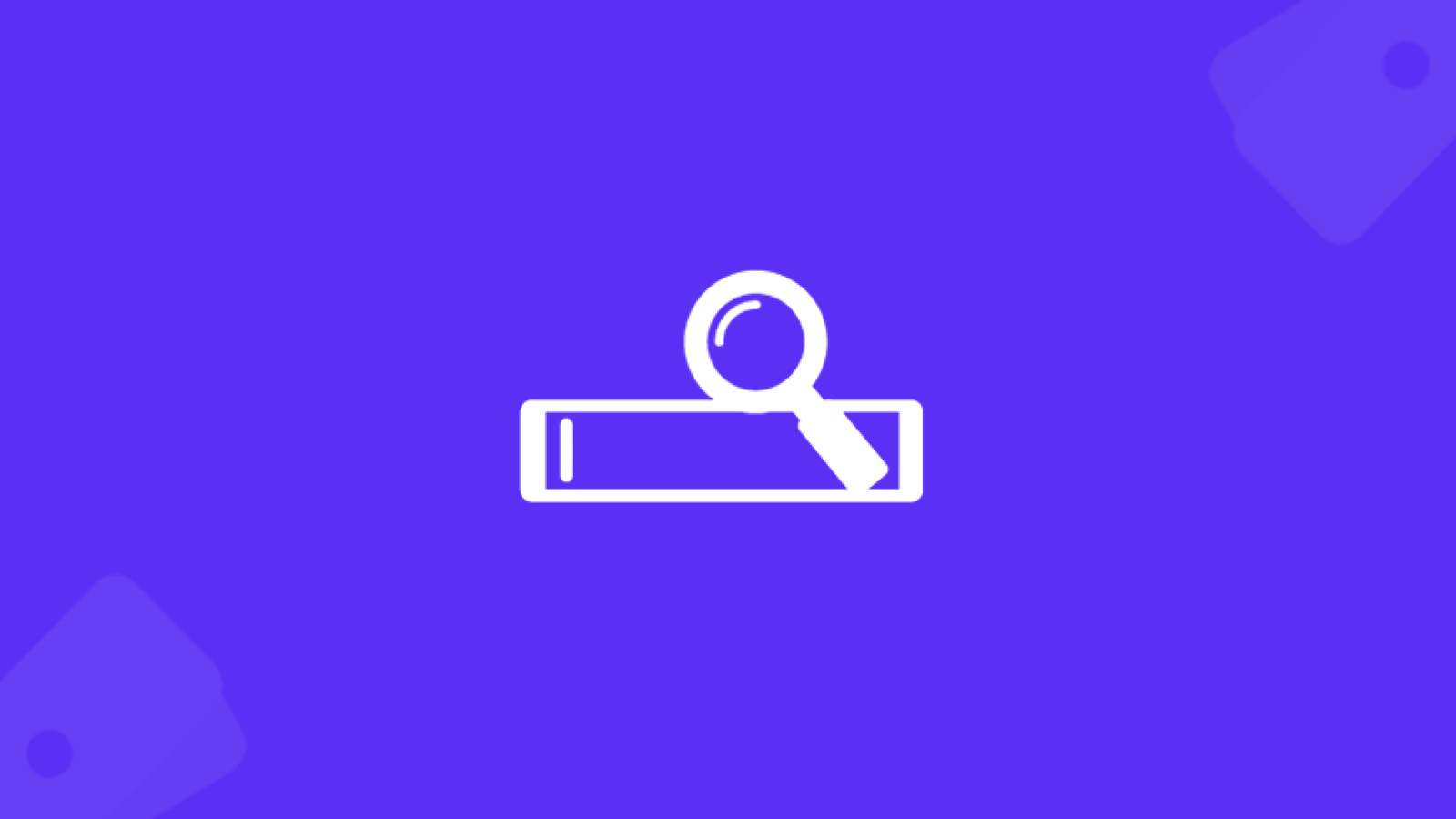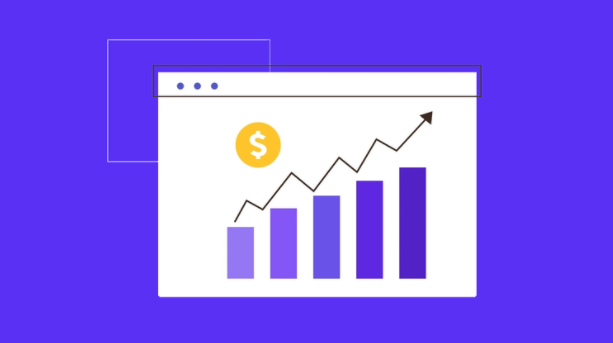How to Drive More Traffic to your Shopify Store?
You've definitely seen a current trend among aspiring entrepreneurs who are using Shopify to start online businesses but have a lot of questions. Why is Shopify such a popular e-commerce platform and how does it work? Is it the best location for you to open an internet store? Do you need to know the technical nitty-gritty of how to put up a working internet store?
How do you entice people to visit your Shopify store?
Shopify's simple usability feature adds another feather to its already illustrious crown, and it's a win-win situation whether you're a total novice or have minimal design knowledge. You can not only create a functional online business, but you can also make it appealing and compelling to clients. You may also add a wide choice of applications to your online shop that is completely free. This article will walk you through end-to-end selling on Shopify so you can take your company to the next level.
SEO tips for Shopify
For eCommerce businesses to thrive, Search Engine Optimization (SEO) is critical, and as a store owner, you must understand how it works. Essentially, SEO allows your company to improve its rating on Search Engine Result Pages (SERP), which is critical for business growth in the digital age.
Unlike blogs, Shopify businesses have their own set of SEO examples. You aren't only focused on content marketing, like a regular blog would be. Instead, you're dividing your focus between three forms of optimization: technical considerations like URL and metadata structure, as well as on-page variables like content optimization.
There are a variety of strategies to generate traffic to your website and convert it into purchases, including integrating calls to action, giving visitors the information they need, making navigation easy, and more.
Step 1: Create SEO-friendly collection descriptions
Rather than letting your items speak for themselves, you should provide your website with informative and lengthy descriptions. If you're selling "Face Make-up," for example, write a description for each collection that explains the product category and what to expect from it. The description ensures that the page is relevant to the keywords for which it is being ranked and to the consumers who are seeing it.
Internal links are particularly important for your Shopify store's on-page SEO since they connect to a relevant blog post on the collections page, which keeps consumers learning and engaged.
Step 2: Adding a Shopify blog
Tagging pages and goods on your website is the first step in SEO, or optimizing your website. However, you can't rely just on items to attract customers through several funnel phases. Users throughout the buyer's journey are highly deep, as evidenced by product-specific searches.
What works best in a seller's favor is that customers are not seeking items at the awareness stage of discovering the problem; instead, they are most likely looking for additional knowledge, in which case they are more likely to dig out all relevant information on the topic.
Step 3: Shopify link building
It's time to start building links when you've optimized your product pages, blog, and website structure. This is just as crucial as the content. It aids in the transmission of signals from high-authority sites, resulting in the growth of your domain authority through the delivery of relevant traffic.
The focus of Shopify's link building is on goods and blogs. The more blog material you provide, the more sites will refer to you for content, making it easier for you to gain connections to your own site.
Step 4: Create a perfect site structure with Shopify collections
The structure of your website is a crucial part of Shopify SEO. Internal linking is interwoven within your website, and it provides a pleasant user experience that encourages users to return for more. Shopify Collections are navigation elements that arrange items into categories or collections to help consumers find them.
Sale products, women's apparel, men's jeans, and so on are examples of possible categories. Other related things can be classified to help customers find exactly what they're looking for. For example, items may be categorized into a few collections to direct traffic to the appropriate page without having to browse the entire catalog.
Because Shopify Collections act like hub pages, which are collection pages on a certain topic that link internally to several pages pertaining to the original topic, they help with SEO. It functions as a bookstore, complete with a table of contents. Collections should start with simple categorizations and then become deeper once the first is chosen, depending on the range of markets and the number of products available.
Backlinks to your store: Tips & Tricks
Obtaining connections to your shop is critical for increasing traffic. The following tips can help you reach your objectives:
1. Email-based cold pitching
You can discover emails and make cold outreach a snap with only a few strategies. You may utilize technologies like ContactOut in direct LinkedIn plugins, for example.
Start fresh cold outreach initiatives with emails, offering to provide your items for free and without asking for feedback. When you target blogs in your industry, you'll obtain amazing product-specific backlinks, which will help your Shopify SEO.
2. Get an affiliate program going
Creating a Shopify affiliate network allows you to connect people to your services and products, which leads to even more link development. Keeping track of all Shopify store affiliates is a breeze with a Shopify integration solution like Refersion. Choose people who have prominent websites because this can help you develop direct backlinks to your items.
3. Concentrate on obtaining testimonials from bloggers in your field
Start with a prominent site like CNET; your site will almost certainly receive a lot of traffic. Providing a product sample to the reviewer in exchange for an honest evaluation may increase your chances of success.
PPC advertising for Shopify stores
If you want to attract a large number of clients to your online business, make sure your eCommerce advertising techniques are in place. Why? Because when you decide to establish your own digital business, you will find that success takes longer than you think.
You may have fantastic designs and goods, but you won't be able to grow your company without effective marketing. Advertising is the only strategy to accelerate the growth of your company.
Paid advertising is a relatively new in-thing in the industry, with so many individuals unaware of marketing online or offline. Of course, it has advantages and disadvantages. However, you will never know unless you give it a go!
So, what exactly is pay-per-click advertising? Paid advertising is when you pay for any type of advertisement. Marketers pay the owner of an ad spot for the privilege of using it. There are various advertising categories from which to choose:
Pay-per-click
Pay-per-impression
Display ads
Pay-per-click advertising is the most prevalent and fastest approach to attract visitors to your online store (PPC). This is often referred to as CPC (Cost-Per-Click) (CPC). It is a type of online advertising that is used to drive traffic to specific websites. This implies that when an ad is clicked, the advertiser pays the publisher.
Which PPC platform would be most beneficial in achieving results?
The goal of employing a PPC platform is to broaden your reach, establish a brand, and attract new clients to your online business. When you've mastered the art of developing a great campaign, you can be comfortable that your company is on the right track.
On every channel, not every product works the same. Some goods will already have a queue of buyers looking for the same item online. Also, certain items require awareness since they are unfamiliar with the niche before being purchased.
The choice is mostly between grabbing an existing audience and creating demand for your goods. It also depends on the demographic you're targeting: do your prospects prefer Google, Facebook, or Instagram?
If you want to catch an established audience's attention and develop demand for your product, Google AdWords is your best chance. Facebook is your visual media if you have a product that people are more inclined to buy on impulse. If your product is age-targeted, Instagram is the place to promote because most young people check Instagram for sponsored items.
Influencer marketing
The concept includes combining old and modern marketing methods, as well as different forms of celebrity endorsement, to help drive a content marketing campaign. The majority of marketing relies on relationships between celebrity influencers and the businesses they promote to produce results.
With the advancement of the internet over the last five years, it has become one of the best venues to do e-commerce transactions. When you factor in the evolution of social media and content-sharing websites over the last decade, influencer marketing emerges as the greatest and most successful strategy to ensure that your products reach their intended audience.
To that aim, Shopify offers a variety of tools to help e-commerce merchants and influencers with influencer marketing. On Shopify, there are various influencer marketing plug-ins that may help you enhance not just your immediate sales, but also your brand's total organic reach. You may convert an able, willing audience into purchasers with influencers and Shopify's plug-ins designed expressly for influencer marketing.
Furthermore, putting separate, independent advertising can be prohibitively expensive for smaller firms just getting started; with influencer marketing, you can obtain the same results for a fraction of the expense.
Affiliate marketing
Affiliate marketing is one of the oldest and most efficient kinds of digital marketing. It involves referring an online product to someone and receiving a reward if they buy it after following your advice. Of course, the commission is determined by the product's value.
Affiliate marketing is made up of four easy steps:
To get started, you join an affiliate program.
You pick the product you'd want to advertise.
The product link is then shared on social media channels, a blog if you have one, in the form of Facebook advertising, and other places.
You are paid an affiliate commission every time someone buys something after clicking on your link.
What's the difference between affiliate marketing and influencer marketing, you might wonder? Both of these are the most cost-effective solutions among the most common kinds of marketing for firms in the e-commerce sector today. Affiliate marketing is less expensive than traditional marketing and can be done through influencers, but it is not the same as traditional influencer marketing.
Unique links for online purchases are offered to persons who are designated as affiliates via affiliate marketing. The affiliate earns a commission if someone clicks through on this unique URL and makes a purchase.
ReferralYard: Your app to use for affiliate marketing
ReferralYard is a highly customizable Referral platform designed to help stores grow their sales through Referral Marketing, through multiple channels like SMS, Emails, Social Media, and more!
Stack discount codes, discounts field on cart, combine discount codes, run multiple automatic discounts, and more!






